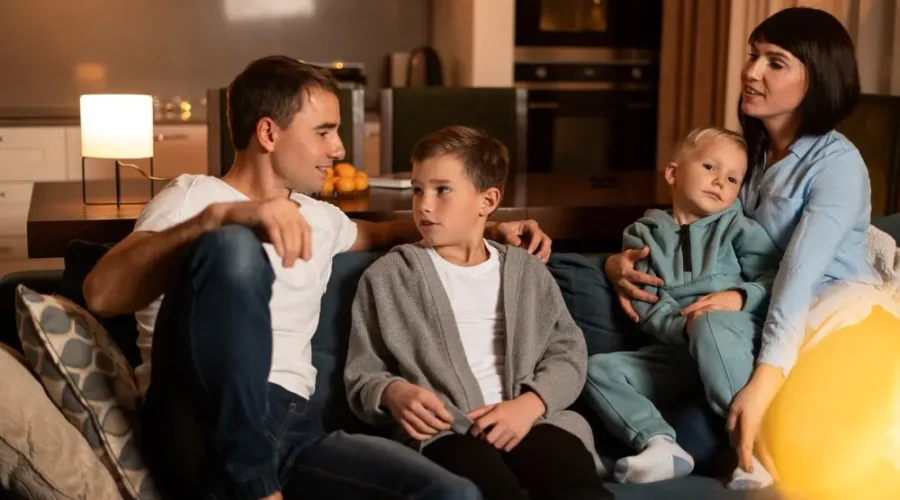45 Fun Hobbies for Couples to Strengthen Your Bond
Are you tired of the same old movie nights and scrolling through endless streaming options? Looking for new ways to connect with your partner and keep the spark alive? Finding a fun hobbies for couples to enjoy together might be just what you need. Engaging in shared activities not only strengthens your bond but also brings joy and excitement to your relationship. Imagine spending quality time together, laughing, learning new skills, and creating unforgettable memories. Whether you’re into outdoor adventures, arts and crafts, or just looking for something new to try, there’s a hobby out there that’s perfect for both of you. Dive into our list of 45 fun hobbies for couples and discover new ways to make the most of your time together. Why are Fun Hobbies for Couples Essential? Fun hobbies for couples are important because they offer a unique opportunity to strengthen the bond between partners, enhance communication, and foster mutual interests. Engaging in shared activities helps to break the routine and inject excitement and novelty into the relationship. Hobbies provide a way to spend quality time together, which is crucial for maintaining intimacy and connection. They also create a platform for couples to learn new skills, support each other’s growth, and celebrate achievements together. Here are some Top Fun Hobbies for Couples to Do Together 1. Play Cards Rediscover the timeless charm of card games! Whether it’s poker, blackjack, or a friendly game of rummy, playing cards can be an exciting way to spend quality time together. It’s all about friendly competition, strategy, and a bit of luck. Plus, it’s a great way to disconnect from screens and enjoy each other’s company. 2. Go Rock Climbing Embrace the challenge and thrill of rock climbing. Indoor rock-climbing gyms offer a safe environment to test your limits and enjoy a great workout. It’s a fantastic way to build trust, communication, and physical strength together, making it much more than just a workout. 3. Volunteer Together Make a difference together by volunteering. Whether it’s at a local shelter, food bank, or environmental clean-up event, giving back to the community can deepen your connection and boost your mental and physical well-being. Plus, it’s a wonderful way to spend time together doing something meaningful. 4. Play Chess Engage in a battle of wits with chess. This classic game demands concentration, strategic thinking, and patience. Regularly playing chess can provide intellectual stimulation and a unique way to bond as you sharpen your skills and learn from each other. It is one of the best fun hobbies for couples. 5. Start a Book Club for Two Transform your reading habits into a shared experience by starting a book club for two. Choose books you both find interesting, read at the same pace, and discuss your thoughts and insights. It’s a great way to enhance communication and discover new perspectives together. 6. Try Tie-Dying Unleash your creativity with tie-dying. Whether it’s t-shirts, socks, or any other fabric, this fun and colorful activity can be a delightful way to spend an afternoon. Enjoy the process and the vibrant results of your artistic efforts together. 7. Redecorate Your Living Space Breathe new life into your home by redecorating together. Whether it’s rearranging furniture, adding new decor, or even painting a room, this collaborative project can spark creativity and collaboration, making your shared space feel fresh and exciting. 8. Do a Virtual Wine Tasting Indulge in your love for wine with a virtual wine tasting. Learn about different wines, enjoy the flavors, and deepen your appreciation for this sophisticated hobby. It’s a relaxing and educational way to spend an evening together, enhancing your bond through shared learning. 9. Start a Collection Collecting items that interest you both can be incredibly satisfying. Whether it’s stamps, records, or seashells from your beach trips, building a collection together can create lasting memories and a visual representation of your shared interests. 10. Bake Sourdough Bread Take on the delicious challenge of baking sourdough bread. The process requires patience and practice, but the reward is freshly baked bread that you can enjoy together. Plus, spending time in the kitchen as a team can be a fun and intimate experience. 11. Get Sweaty with Virtual Fitness Classes Join the virtual fitness trend and get fit together. Whether it’s yoga, dance, or high-intensity interval training, working out as a couple can boost your mood, strengthen your bond, and keep you motivated. The endorphins released during exercise can enhance feelings of love and attraction. 12. Practice Yoga Reduce stress and increase flexibility by practicing yoga together. This calming and centering activity can improve your physical and mental well-being while providing a peaceful space to connect and support each other. 13. Visit Virtual Museums Expand your horizons with virtual museum tours. Explore art, history, and culture from around the world without leaving your home. It’s an educational and inspiring way to spend time together, sparking interesting conversations and new interests. 14. Learn a New Language Challenge yourselves by learning a new language together. The process can be both fun and frustrating, but it’s a rewarding way to improve communication and plan for future travels. Plus, it’s an excellent way to keep your brains active and engaged. 15. Unwind with Adult Coloring Tap into your creativity with adult coloring books. This relaxing activity can help reduce anxiety and provide a sense of calm. Coloring together can be a soothing way to unwind after a long day, allowing you both to focus and relax. 16. Invest in Board Games Rediscover the joy of board games. From strategy games to trivia, there’s a board game for every interest. Playing together can be a fun and competitive way to bond, laugh, and create new memories. 17. Start a Reorganizing Project Tackle the clutter and organize your space together. With some good music and a positive attitude, reorganizing can be a productive and satisfying activity. A decluttered home can bring a sense of calm and order to your lives. 18.












